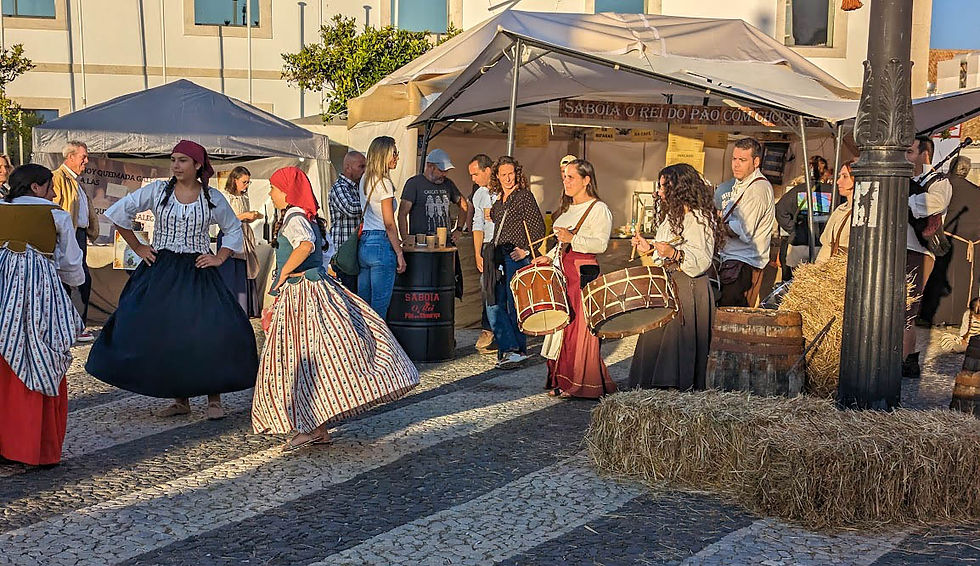Tips for Improving Your Narrative Photography
- WildWillowWays

- Jun 16, 2024
- 4 min read
Updated: Jul 13, 2024
Storytelling in photography refers to 'the art of telling compelling and captivating stories through photography'.
Storytelling through photography, also called narrative photography, gets the viewer involved in the photo, it gets them thinking about what is happening and wondering about what the photographer is attempting to convey. Storytelling engages the imagination of the viewer and often elicits an emotional response to the image.
I like to make an effort to engage the viewer through my images and when I visit a new place I love to capture images that tell a story of the place and bring that story to the attention of an audience. Sometimes this will be a single image, other times it will be a series of images.
Here are some tips for improving your narrative photography:
1.Be aware of the story you wish to tell
When it comes to telling a story with your photography it is important to plan your story in advance as this will help you order your ideas and capture more effective images. However, planning ahead may not always be possible and often, when you unexpectedly encounter an interesting subject or scene, you may immediately see the potential for storytelling. Even in this scenario, having an idea of the story you wish to convey will help you to find the images that accurately tell that story and help the viewer interpret the story that you want to tell.

During a recent street festival I was looking for an image that suggested an ongoing performance rather than show the actual performance. I think this image conveys the story well.
2. Engage emotionally with your subject
The best way to encourage your audience to engage emotionally with your image is to photograph subjects which resonate with your own emotions at the time of capture. When your eye is drawn to a certain subject you can try to tune in to what exactly attracted you to that subject and the way in which a story is conveyed to you.

Taking the boat out
3. Caption your images
Providing a brief caption with your image will guide viewers in the right direction and encourage them to look more closely at the image than they may have otherwise done.

The morning after...
4. Support your narrative
You will be more likely to capture the imagination of your viewers if you give them something different, something interesting and engaging. A multi-faceted image - an image which includes detail and a variety of elements - will be more effective in conveying a narrative than a single subject. Try to enhance the main feature of the story by incorporating as much supporting detail as you can. Colour, light, shadow, contrast and tone can be used to create mood, while a good composition will draw the viewer's attention to the main subject and is key to creating a successful story.

An image such as this one allows the viewer's eye to wander around the scene
5. Be clear and simple
While adding some supporting detail to your subject will enhance your narrative, including too much detail may have the opposite effect. A cluttered image will deflect from the main subject, leave the viewer uncertain what to look at, and detract from the overall narrative.
Ask yourself, Does this add to the story? If the answer is No then leave it out!

I took several images as the fishermen walked up the beach with their catch. In my view, this one is the simplest yet it is the most effective.
6. Create a sense of mystery
Good storytelling images leave the viewer with questions rather than answers. It is important that the image leaves space for questions in the viewer's mind, that there is some element of mystery, that you encourage the viewer to stop and think. Your image should create a balance between giving enough detail to suggest what it might be about but not enough for the viewer to be certain. If the viewer sees something different in the image than that which you intended, that in itself makes for a good storytelling image.

Who are they?
What are they doing?
Why have they gathered here?
Where will they go next?
BONUS TIP: THINK IN THREES
While it is entirely possible to tell a story with just one image, it is often a good idea to think in threes, especially if you are new to storytelling. Images which are strong stand-alone images become even stronger when put in a set of three with a connecting theme. Called triptych photography, this can be a great way to begin storytelling in photography.
FINAL THOUGHTS ON TIPS FOR IMPROVING YOUR NARRATIVE PHOTOGRAPHY
If you are interested in storytelling through photography, the tips above may give you some pointers to get started. While not every image needs to tell a story, making an effort to choose images that have a strong narrative will add interest for the viewer and help to improve your photography.









Narrative photography thrives on emotion, story, and subtle details—just as a black screen enhances focus by eliminating distraction. Like a blank canvas, it frames storytelling moments with clarity. These tips guide photographers to use light, mystery, and simplicity to craft powerful visual tales that captivate the viewer’s imagination.